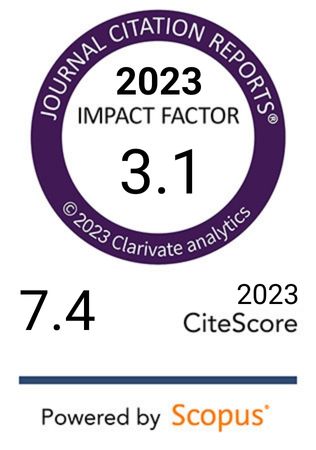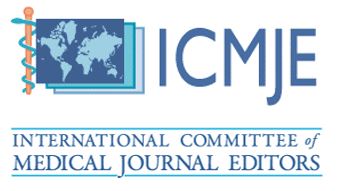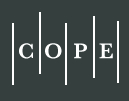Dantrolene use across surgical and medical care at Mayo Clinic from 2010 to 2024: Indications, frequency, and value for identifying malignant hyperthermia
DOI:
https://doi.org/10.17305/bb.2025.13340Keywords:
Dantrolene, malignant hyperthermia, surrogate marker, general anesthesiaAbstract
Dantrolene is the definitive treatment for malignant hyperthermia (MH), a rare and life-threatening disorder. This retrospective study aimed to achieve two objectives: (1) to characterize the indications and frequency of dantrolene administration in both medical and surgical settings, and (2) to evaluate whether perioperative dantrolene may serve as a surrogate marker for identifying MH cases. Using pharmacy records, we identified hospitalized patients who received dantrolene between 2010 and 2024. Each recipient underwent a chart review to examine the clinical context of dantrolene administration. A total of 1,199,450 inpatient pharmacy records were reviewed, revealing 118 patients who received dantrolene, resulting in an incidence rate of 1 in 10,165 hospital admissions (95% CI: 1 in 8,488 to 1 in 12,280). Among these, 87 patients (74%) received oral dantrolene: 84 for chronic spasticity, two for neuroleptic malignant syndrome, and one as preoperative prophylaxis due to a history of MH. The remaining 31 patients (26%) received intravenous dantrolene. Seventeen patients received perioperative dantrolene for suspected MH; of these, nine cases (53%) were subsequently clinically confirmed as MH. Based on these findings and the total number of surgical procedures involving general anesthesia (n=885,127), the estimated prevalence of MH following general anesthesia was calculated to be 1 in 98,328 exposures (95% CI: 1 in 51,813 to 1 in 215,054). Dantrolene was administered at an approximate rate of 1 per 10,000 hospital admissions, primarily in oral formulation for chronic spasticity. Among the patients who received perioperative dantrolene, approximately half were confirmed to have MH, resulting in an estimated MH prevalence of 1 in 100,000 patients exposed to general anesthesia.
Citations
Downloads

Downloads
Additional Files
Published
Issue
Section
Categories
License
Copyright (c) 2025 David Cho, Toby N. Weingarten, Juraj Sprung, Aurelia Zodl, Martin J. Ryll, Tracy E. Harrison

This work is licensed under a Creative Commons Attribution 4.0 International License.









